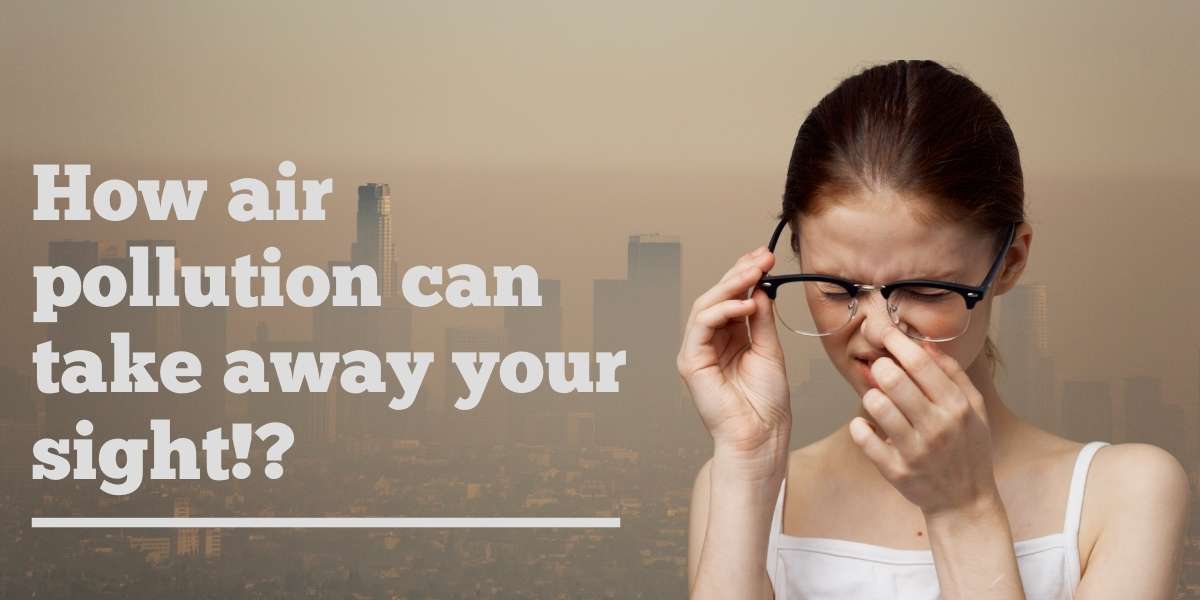We have known how polluted air impacts our health. Air pollution damages has a direct effect on our vital organs and therefore, damages our life processes. However, what we didn’t know was that long-term exposure to air pollutants could also eventually turn you blind! Shocked? This is what a recent study suggests. Read to find out more.
The clasp of air pollution spares no one and nothing. It is not just making your lungs and heart weak, but it can also deprive you of having perfect vision. So, if you reside in an area with persistent low air quality, you need to beware!
As per a recently published study of the British Journal of Ophthalmology, air pollution irrevocably affects the sense of sight. Elevated air pollution poses a risk factor that can cause progressive sight loss, called age-related macular degeneration (AMD). The condition causes the degeneration of the macula region in the retina. Thus, it causes an irreversible impact on the vision and makes a person blind progressively.
AMD is the principal cause of irreversible blindness among the population of high-income countries. Previous studies have projected that the number of patients with AMD would rise to 300 million by 2040. Until now, increasing age, smoking, and genetic make-up of an individual were the only identified potential risk factors leading to this disease.
However, the study has brought a new risk factor into the limelight. We knew that air pollution impacts the visibility of the ambient environment. But who would have thought that it could also lead to a complete loss of sight?
The Study
The sample size consisted of 115,954 UK biobank study participants aged between 40-69. None of the participants had any eye-related problems when the study began in 2006.
The study focused on the role of three air pollutants in causing the degeneration of the human retina- breathable particulate matter (PM2.5), nitrogen dioxide (NO2), and oxides of nitrogen (NOx).
According to the findings, PM2.5 poses a greater risk of AMD than other pollutants. For a perspective, PM2.5 includes particles that are more than 30 times finer than the strand of a human hair! Another discovery was that the other pollutants could induce changes in retinal structure that may affect the sense of sight in the longer run.
The outcome of the extensive research proposed oxidative stress or inflammation as the pathway that causes AMD upon exposure to these pollutants.
The results also depicted that people residing in the most polluted areas were at least eight times more susceptible to suffer from AMD.
It suggested that long-term exposure to air pollutants, particularly ultra-fine particulates or combustion-related contaminants from vehicular emissions, are the prime contributing factors to the eye-disease.









